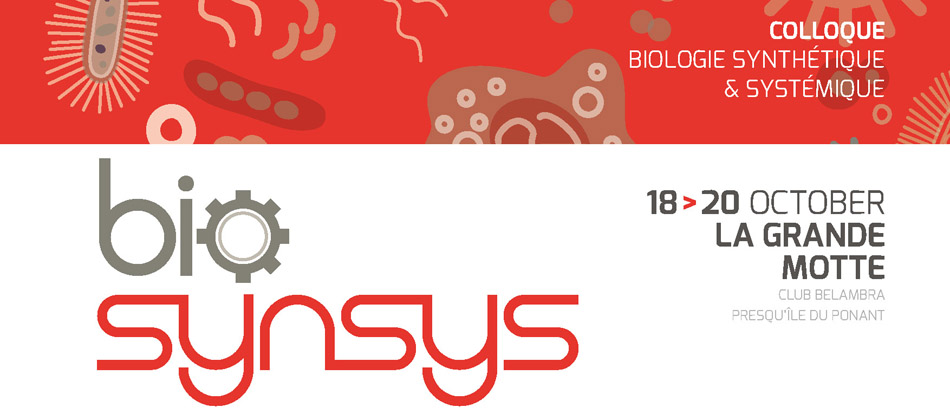Biosensors allow for the detection and quantification of biological compounds and are used in a variety of fields such as environmental monitoring or medical diagnostics. The field of synthetic biology has taken advantage of using the computational power of synthetic gene networks to engineer sophisticated whole-cell biosensors that can be produced cheaply with high sensitivity and specificity. These characteristics could be further improved by transferring these biosensors into a cell-free protein expression system, which is capable of using cell-free transcription and translation to produce functional sensors that are abiotic and highly manipulatable. The SensiPath algorithm allows for the exploration of existing metabolic networks to reuse existing biosensors for multiple targets. This enables a potential more than doubling of the currently detectable list of compounds. We have re-engineered a coupled metabolic and sensor cascade into a cell-free protein expression system to both rapidly characterize the optimization of these new biosensors and to develop a platform for their low-cost future delivery. Additionally, we are exploring the DNA concentration-dependent trade-offs between maximal signal strength and early reaction kinetics to minimize the necessary time for future diagnostics while maintaining sufficient sensitivity.

|
|
|
Abstracts > By author > Voyvodic PeterIncorporating Metabolic Enzymatic Networks into a Cell-Free TX-TL System for Small Molecule Biosensor Design
1 : Centre de Biochimie Structurale [Montpellier]
(CBS)
-
Website
Institut National de la Santé et de la Recherche Médicale : U1054, Université de Montpellier, Centre National de la Recherche Scientifique : UMR5048
29 rue de Navacelles 34090 Montpellier Cedex -
France
2 : Micalis
Institut national de la recherche agronomique (INRA)
Institut National de la Recherche Agronomique Domaine de Vilvert 78352 JOUY-EN-JOSAS cedex -
France
4 : Abolis Biotechnologies
Génopole
5 rue Henri Desbruères, 91000 Evry -
France
3 : Institute of Systems and Synthetic Biology
(iSSB)
* : Corresponding author
CNRS : FRE3561, Université d'Evry-Val d'Essonne
5 rue Henri Desbruères, 91000 Evry -
France
|
 PDF version
PDF version
